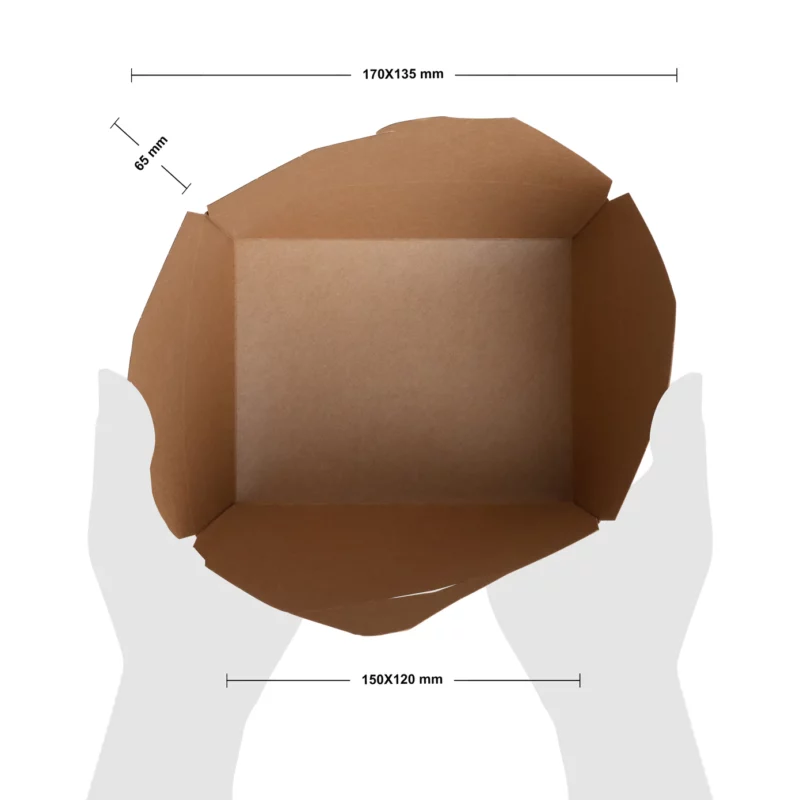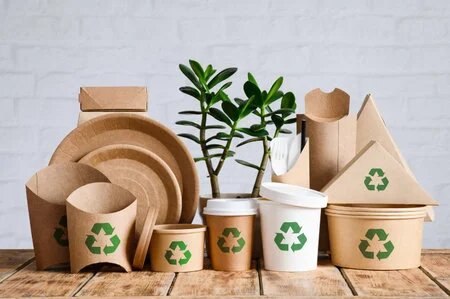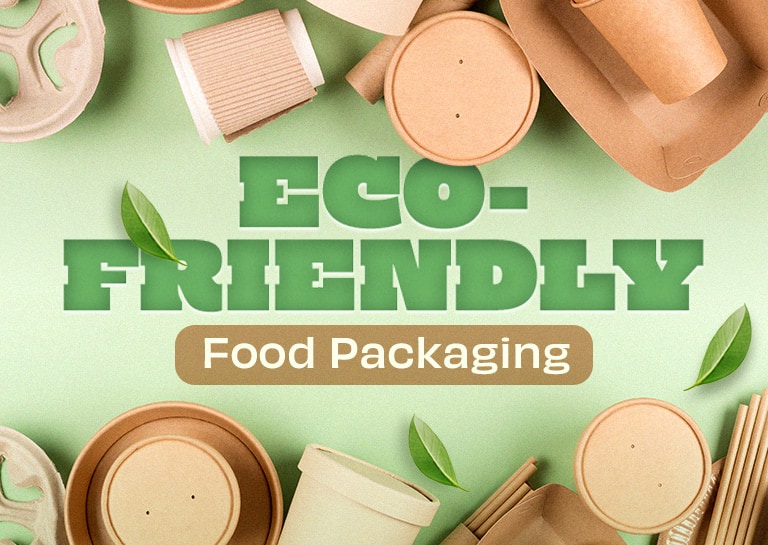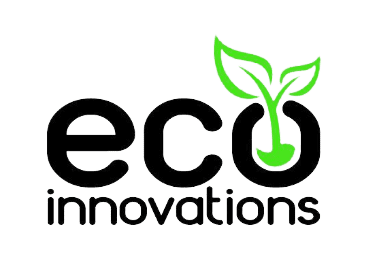The Rise of Compostable Packaging:
In today’s the Rise of Compostable Packaging contemporary world much more aware of environmental issues companies and customers around the world are looking for a less harmful ways to negatively impact the environment. Of those, one of the topics that has attracted a lot of attention is a concept called compostable packaging, which has great potential to replace conventional plastics and non-recyclable material. Before we examine the Eco-friendly packaging we need to become familiar with advantages, disadvantages, and consequences of “compostable material” on our globe.

Understanding Compostable Materials:
Compostable packaging breaks down without harmful residues, benefiting the environment and agriculture, unlike biodegradable plastics that create micro-plastics.
Consumer Demand Driving Green Innovation
Recent market trends show a surge in demand for environmentally friendly green packaging, with a focus on sustainable compostable solutions due to consumers’ increasing interest in reducing their environmental impact.
Tackling Plastic Pollution with Compostable Alternatives
Compostable packaging, like PLA from renewable sources, can combat plastic pollution that harms sea life.
Home vs. Industrial Composting:
Hence, distinguishing between home compostable or civilian compostable and industrial compostable is crucial. Home compostable packaging can break down in backyard conditions, while industrial compostable packaging requires specific parameters found in commercial facilities.

Food Industry Pioneers:
Commercial food production has been one of the largest consumers of compostable packaging.Compostable food packaging supports food aesthetics and aligns with farm-to-table and zero waste trends. Businesses provide compostable items to reduce their carbon footprint.
Challenges in the Compostable Packaging Market:
However, the following in the research of the compostable packaging market encounter some problems. The lack of composting infrastructure leads to compostable items being buried in landfills, preventing proper biodegradation due to lack of oxygen. Recycling programs should be improved for better disposal practices.
Combating Greenwashing:
One drawback is the risk of greenwashing due to vague claims by corporations. To prevent this, certifications like BPI in North America and EN 13432 in Europe verify biodegradability, disintegration, and safety.
Bio-based Breakthroughs of Rise of Compostable Packaging :
There is a lot of research in the future of compostable packaging and using more bio-based material. Scientist continues to research sources such as “seaweed,” ‘’mushroom,” and “food waste” for making the next generation of compostable solutions. There is much more potential for sustainable design, that also help to embrace the circular economy thinking, where at their most basic

Collaborative Action:
In this journey towards a sustainable future the legal policy and consumers also must cooperate with the government and companies.Encouraging compostable materials and investing in composting can boost alternatives to plastics. Educating consumers on composting is crucial for utilizing compostable packaging effectively.
Conclusion:
Finally, compostable packaging is an important step toward reducing our environmental effect and promoting a more sustainable earth. By accepting these new ideas, we can combat plastic pollution, encourage organic waste recycling, and promote regenerative practices. As knowledge grows, technology advances, making sustainable packaging more feasible on our path to a greener future.

